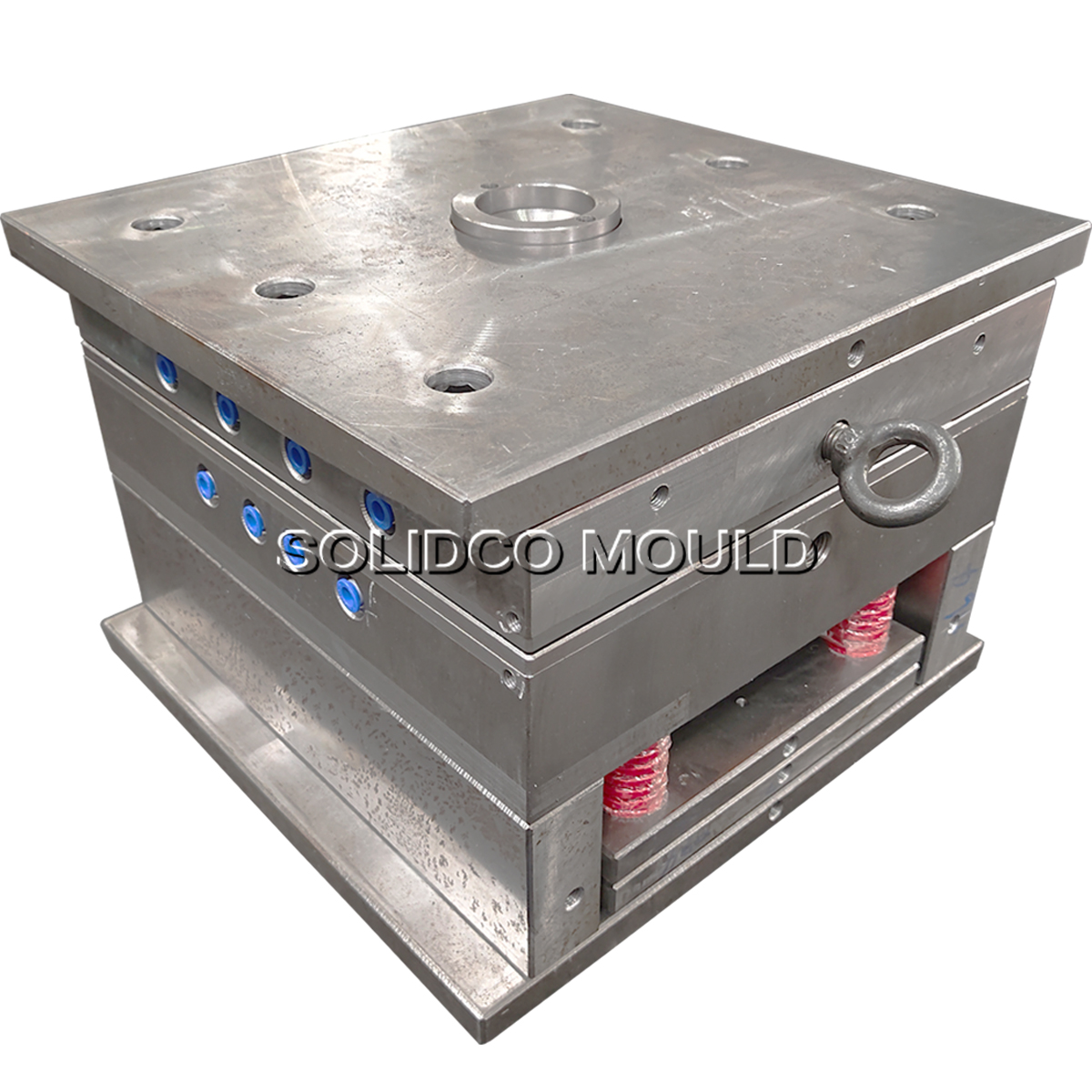
Improper Control Of Molding Conditions
If the injection pressure is too low, the injection and holding times are too short, the injection rate is too slow, the material and mold temperatures are too high, the part is not cooled enough, the temperature during demolding is too high,
the insert temperature is too low, or there is insufficient material supply, these conditions can cause depressions or subtle orange peel-like unevenness on the part surface.
To address this, the injection pressure and speed should be appropriately increased, the compression density of the melt should be increased, the injection and holding times should be extended, melt shrinkage should be compensated, and the injection recoil volume should be increased.
However, the holding pressure should not be too high, otherwise it will cause convex marks.
If sink marks and shrinkage occur near the gate, they can be resolved by extending the holding time. When sink marks occur in the thick wall of the plastic part, the cooling time of the plastic part in the mold should be appropriately extended.
If depressions and sink marks are caused around the insert due to local shrinkage of the melt, this is mainly caused by the insert temperature being too low. Try to increase the insert temperature.
If the nozzle hole of the injection molding machine is too small or the nozzle is partially blocked, it will cause depression and sink marks due to excessive local loss of injection pressure. In this case, the nozzle should be replaced or cleaned.
If the surface of the plastic part is concave due to insufficient feed, the feed amount should be increased.
Furthermore, the molded part must be adequately cooled. This can be achieved by adjusting the barrel temperature to lower the melt temperature. Alternatively, the mold cooling system settings can be modified to lower the cooling water temperature.
Alternatively, while maintaining uniform cooling across the mold surface and across all parts, cooling can be enhanced in areas where dents are present. Otherwise, if the part is demolded without sufficient cooling,
shrinkage dents can easily form, and hard demolding can also cause localized dents on the ejector pin.
Mold defects
If the runner and gate cross-section of the mold is too small, the filling resistance is too large, the gate setting is asymmetrical, the filling speed is uneven, the feed port position is unreasonable, and the mold venting is poor and affects the feeding, shrinkage and cooling, or the mold wear causes pressure release, it will cause depressions and shrinkage marks on the surface of the plastic part.
In this regard, the gate and runner cross-section should be appropriately expanded according to the specific situation, the gate position should be set as symmetrically as possible, and the feed port should be set at the thick wall of the plastic part.
If sink marks and dents occur far from the gate, it’s usually because the melt isn’t flowing smoothly somewhere in the mold, hindering pressure transfer. To address this, the mold’s gating system should be appropriately expanded.
In particular, the sprue cross-section should be increased at the “bottleneck” that’s hindering melt flow. Ideally, the sprue should be extended to the location where the sink marks are occurring.
For thick-walled parts, wing-shaped gates are preferred. For parts where it’s not suitable to place the gate directly on the part or where residual deformation easily occurs at the gate after molding, a wing-shaped body can be attached to the part, and the gate can be placed on the winglet.
The gate on the winglet can be a back gate or a point gate, thus transferring any concave defects to the winglet. The winglet can then be removed after the part is molded.
In addition, the mold should be checked regularly for wear, pressure relief or poor exhaust, and the consumable parts in the mold should be replaced in time or the exhaust conditions of the mold should be improved.
The raw materials do not meet the molding requirements.
If the shrinkage rate of the molding material is too large or the flow performance is too poor, or if the material contains insufficient lubricant or the material is damp, it will cause depressions and shrinkage marks on the surface of the plastic part.
Therefore, for plastic parts with relatively high surface requirements, resin grades with low shrinkage rates should be selected as much as possible.
If the under-pouring is caused by poor melt flow, you can add an appropriate amount of lubricant to the raw material to improve the fluidity of the melt, or increase the structural size of the pouring system.
If the surface of the plastic part is dented due to moisture in the raw materials, the raw materials should be pre-dried.
The shape and structure design of the plastic part is unreasonable
If the wall thickness of a plastic part varies significantly, insufficient pressure in the thicker parts can easily cause dents and sink marks during molding. Therefore, when designing the plastic part’s shape and structure, the wall thickness should be as consistent as possible.
In special cases where the wall thickness of the part varies significantly, adjustments to the gating system’s structural parameters can be made to address this issue.
